Azerbaijani artist Faig Ahmed lives and works in his hometown of Baku. Since graduating from the Sculpture faculty at the Azerbaijan State Academy of Fine Art in 2004, Faig has been studying traditional Eastern rugs; disassembling their artistic qualities and symbolism to create his powerful contemporary sculptures.
In our interview with Faig we discuss the artist’s lifestyle and the ancient techniques of carpet making.
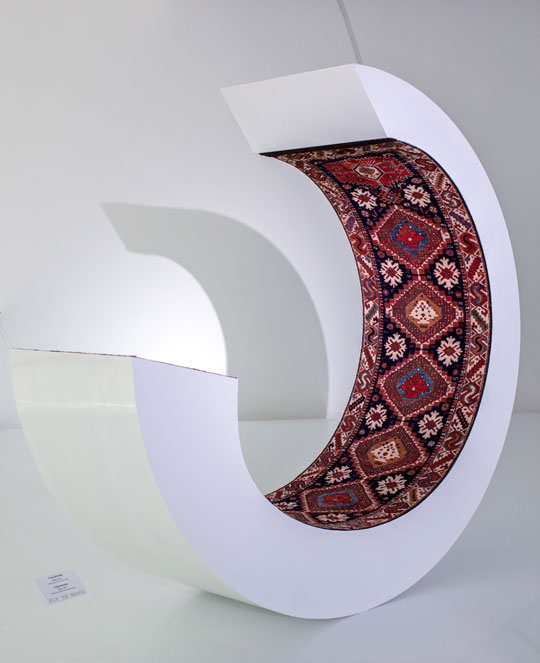
Think deeper
What initially captured your imagination about textile art?
I was captured by the fact that this material is very simple yet making you think deeper and more concentrated because it builds certain boundaries.
What or who were your early influences and how has your life/upbringing influenced your work?
As any other Azeri family we had carpets everywhere – on the floor, on the walls, in each room. I had a carpet in my room, too. I was always playing with the patterns of the carpet imagining there were roads, trees, dragons etc. One day when my parents left for countryside, I decided to change the places of the patterns and cut the carpet into pieces. Of course I never managed to gather the pieces together. I was waiting for my parents to come and punish me, but they didn’t. They just took the carpets away from my room forever.
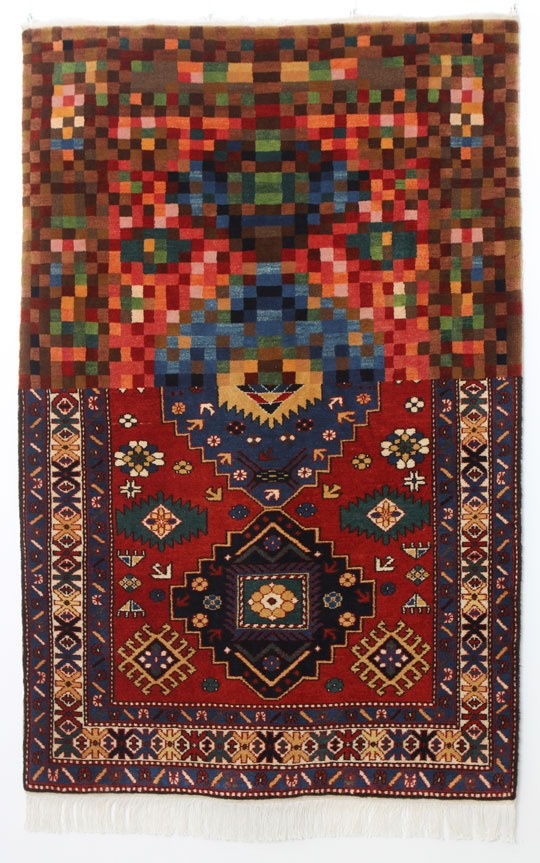
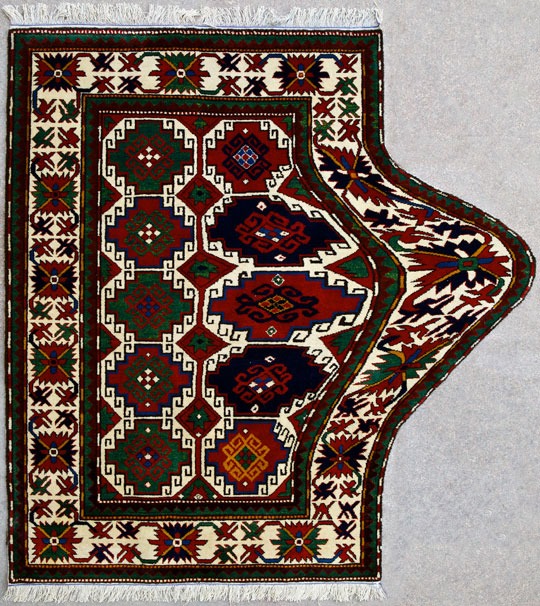
What was your route to becoming an artist?
Being an artist is not just a job or a profession – It’s a lifestyle. Niether art education or studio work can make you an artist. You have to think as an artist and live a life of an artist to become one. It’s a type of thinking.
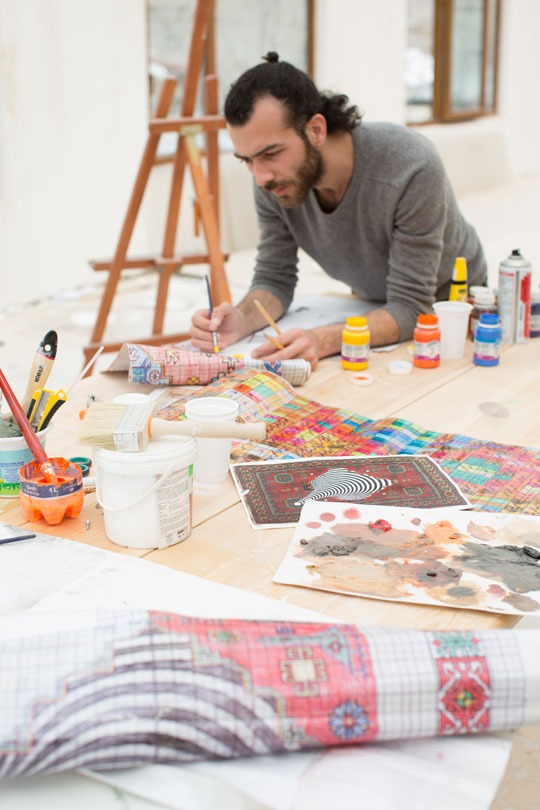
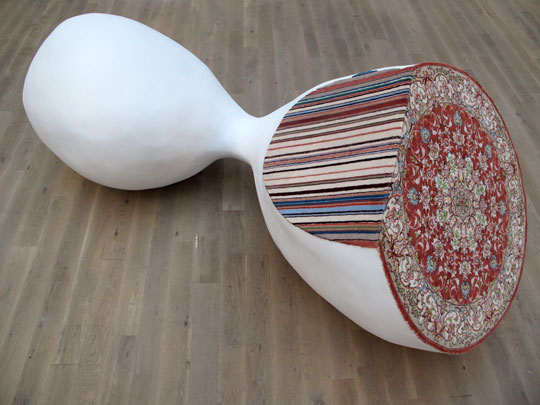
Ancient techniques
What is your chosen medium and what are your techniques?
I make my sketches on computer and then transfer them to special engineering paper dot by dot. After that I pass my sketches to a carpet maker who weaves the carpet using the ancient techniques of the region. All threads are woolen or silken and are dyed with natural colors. The process of weaving is the same as it was 300 years ago.
How would you describe your work and where do you think it fits within the sphere of contemporary art?
I can’t divide my art by means of spheres, people who do that will never see the pure art.
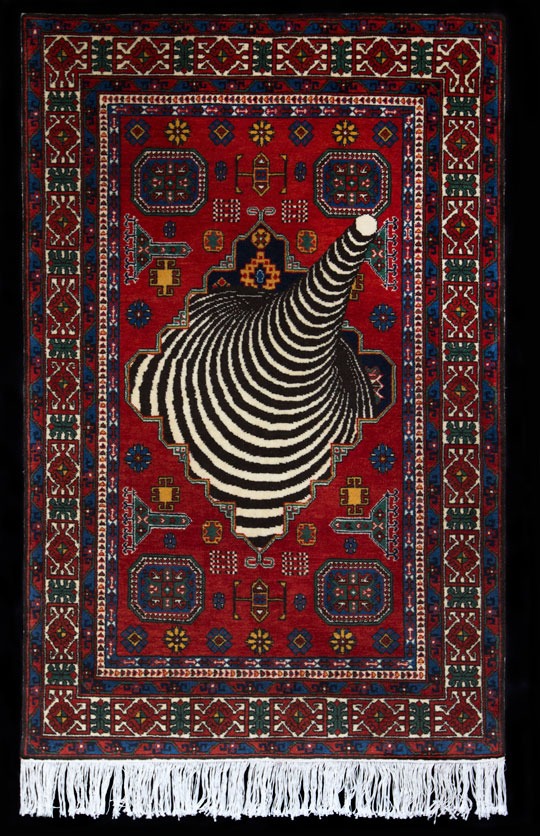
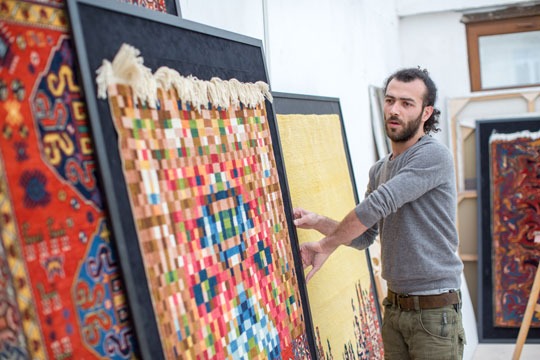
Tell us a bit about your process and what environment you like to work in?
Before I tried to stay alone in my studio and work but then I realised that I didn’t need this solitude anymore. I can work whenever and wherever I desire.
Do you use a sketchbook?
Yes, sure. Tons of them. And I often loose them.
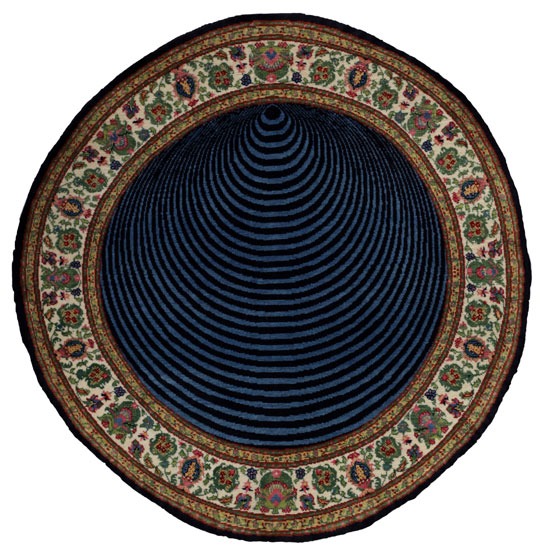
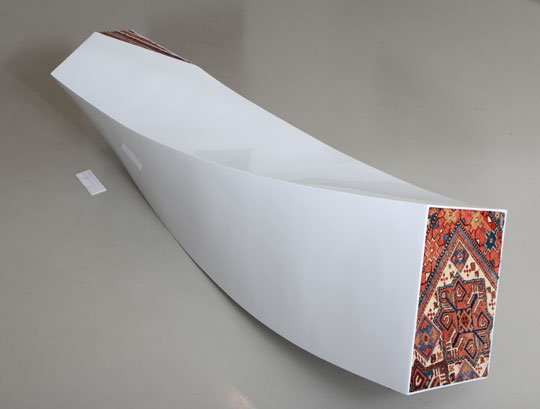
Human habits and traditions
What currently inspires you and which other artists do you admire and why?
I’m always inspired by observation of human habits that become traditions. And currently I’m mostly inspired by the process of the global construction happening on the planet.
I have restrained myself from visiting museums and galleries. I want to get pure information from the society itself. But I can say that my favourite movie director is Kim Ki-Duk, I’ve made a special carpet tribute to him.
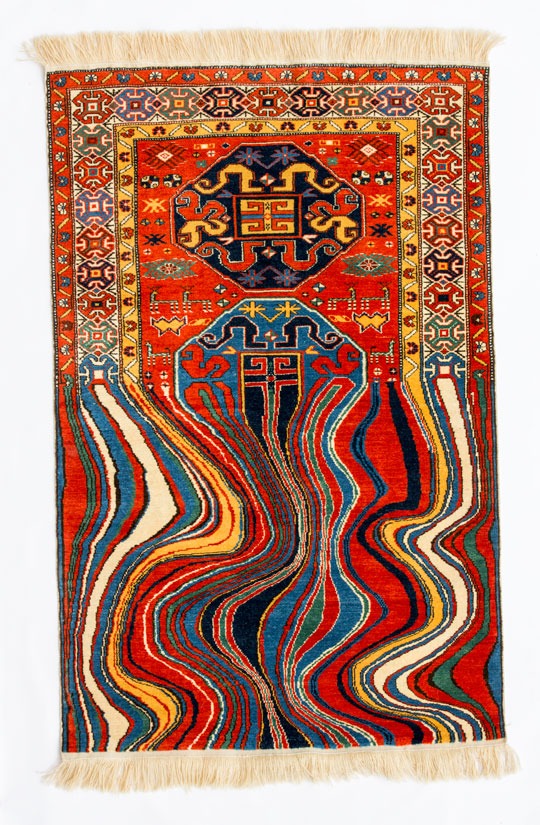
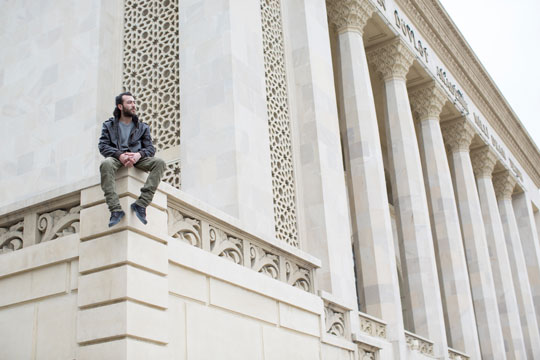
Tell us about a piece of work you have fond memories of and why?
I can’t be totally open. There are some things I can’t share.
How has your work developed since you began and how do you see it evolving in the future?
Initially I accepted my art easily. But as I went further, my art got more serious with conceptions and bases. In the future I want to be free from this burden of knowledge.

What advice would you give to an aspiring textile artist?
Things that you need are always surrounded by tons of trash. So, try everything. Never be afraid to experiment. To make really good art you have to get free of all the strings made of concepts and cliché.
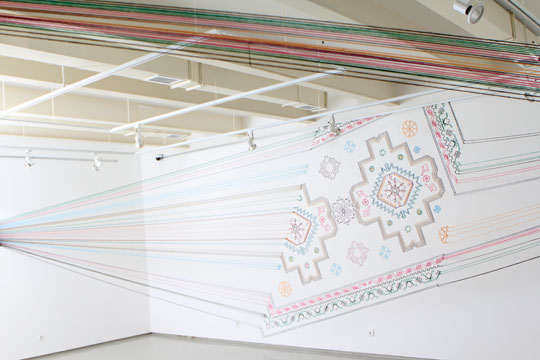
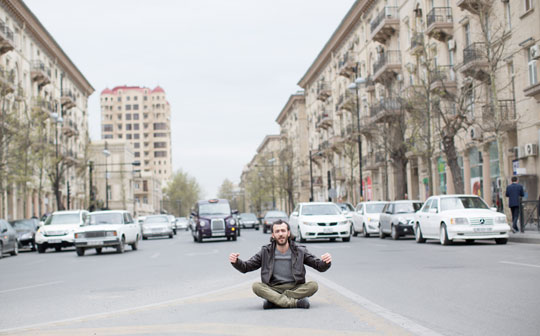
Rely on intuition
What piece of equipment or tool could you not live without?
My brain.
Do you give talks or run workshops or classes? If so where can readers find information about these?
Yes, I do. My website and my facebook page.
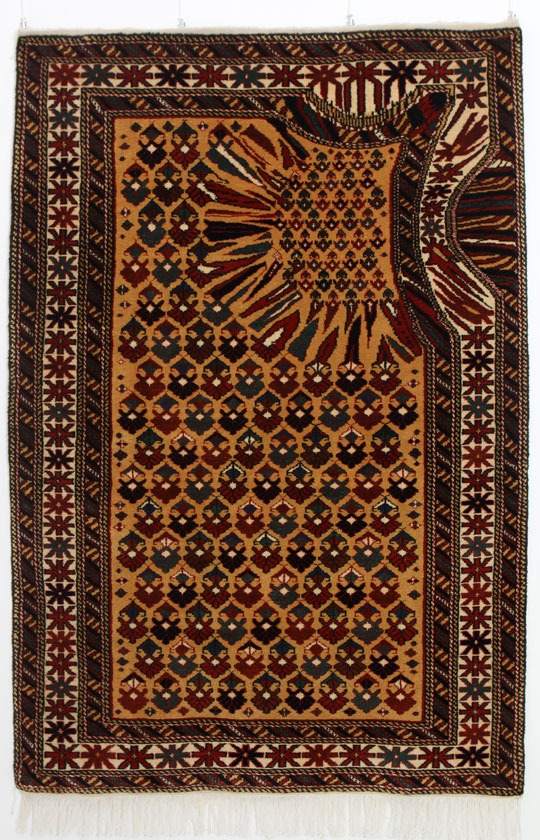
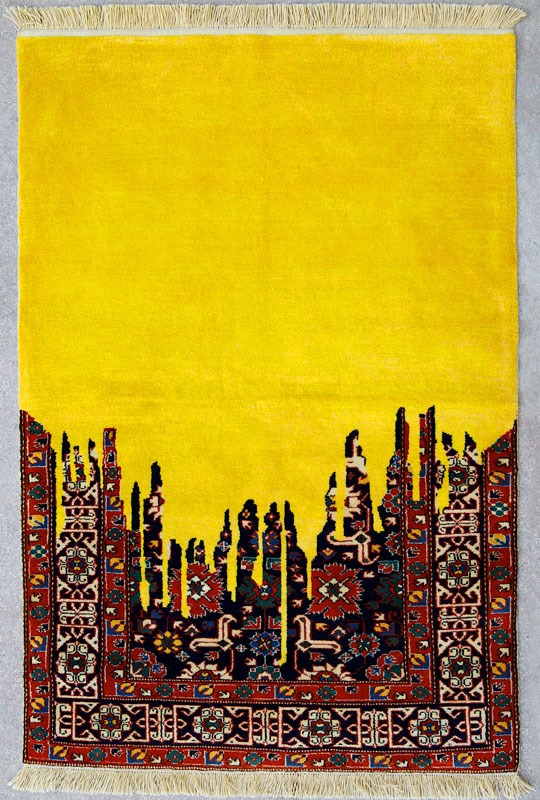
How do you go about choosing where to show your work?
I rely on my intuition. It usually also depends on the place because some of my artworks are site specific.
Where can readers see your work this year?
In Dubai this September, Cuadro Gallery. I aslo prepare a special project for London, but still think of the place to show it.
For more information on Faig Ahmed visit his website: www.faigahmed.com
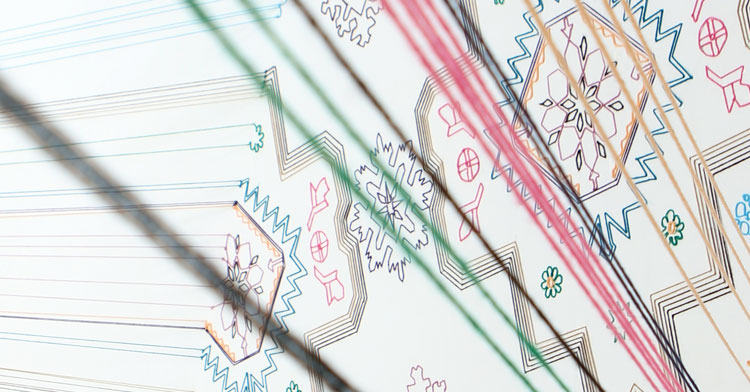
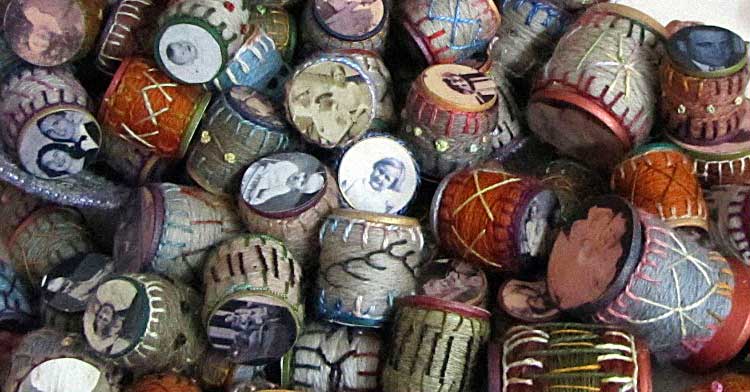

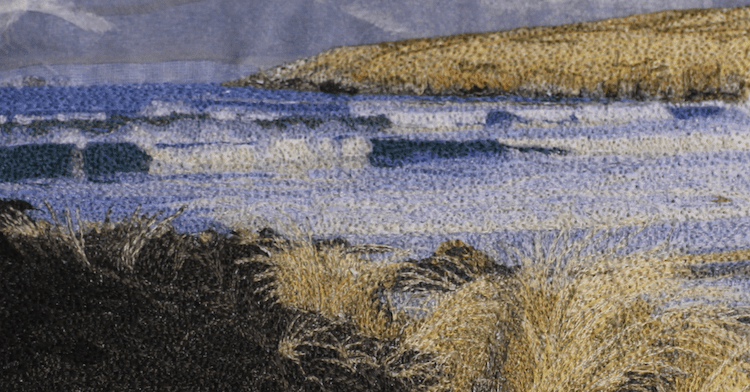
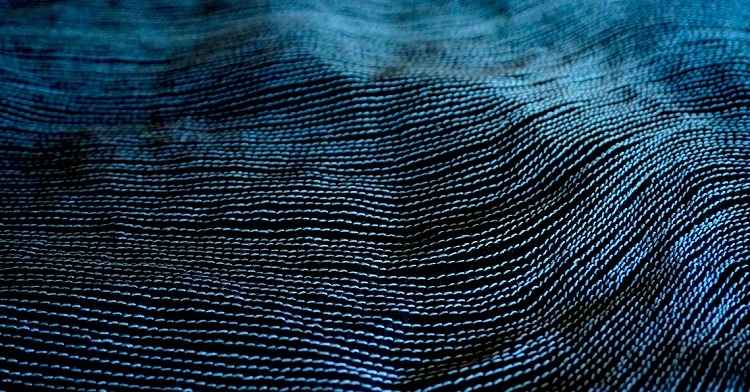
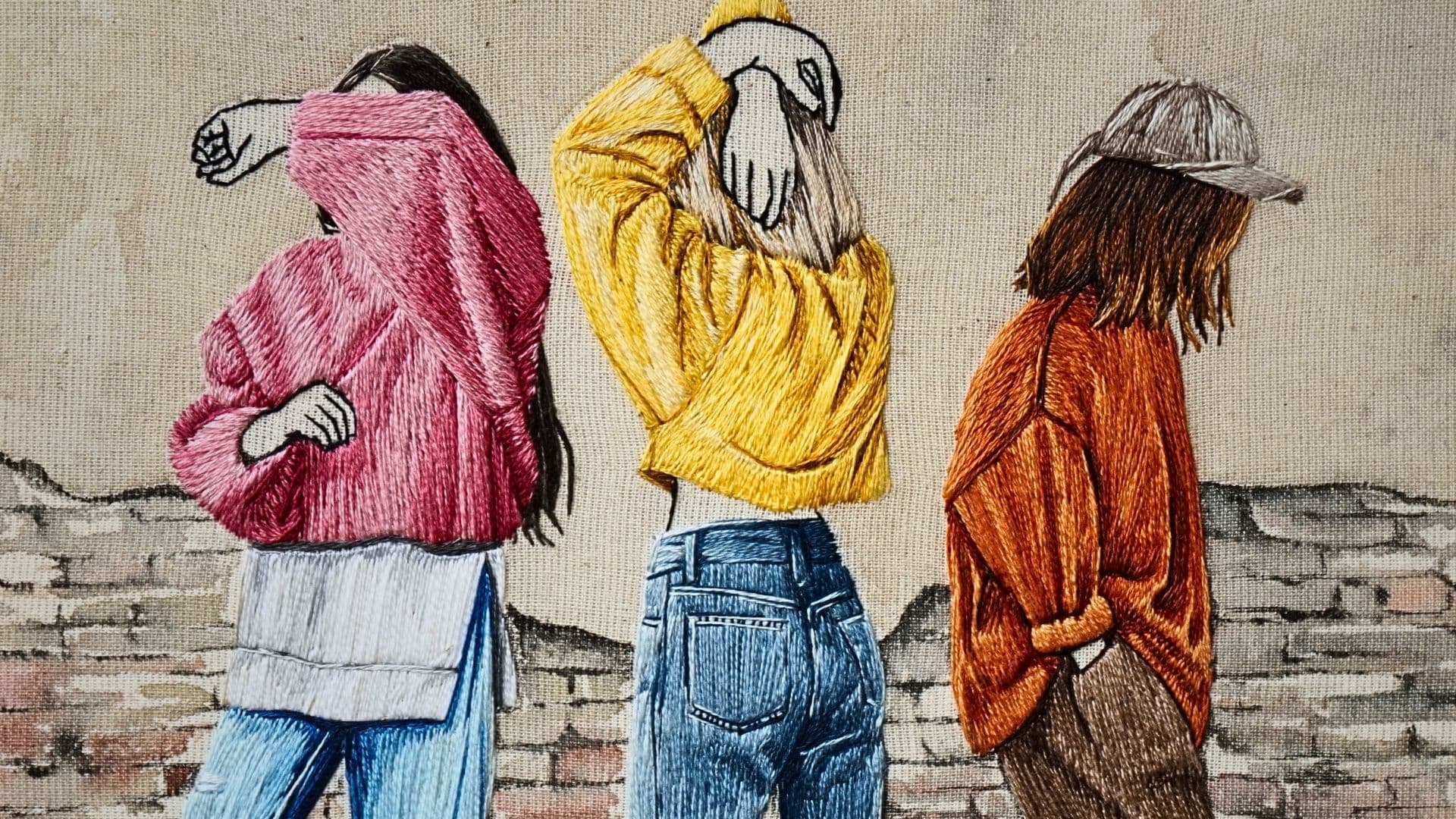
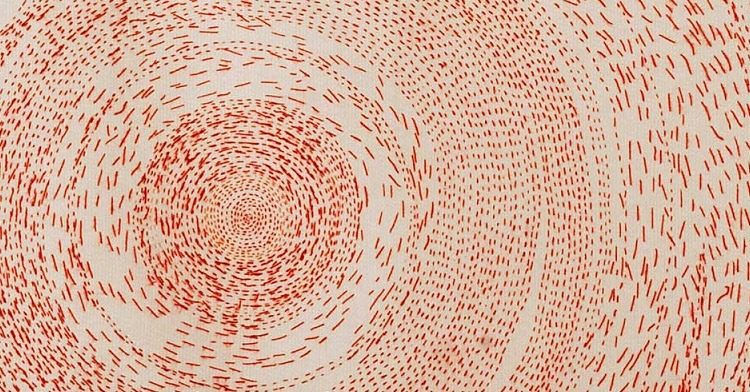
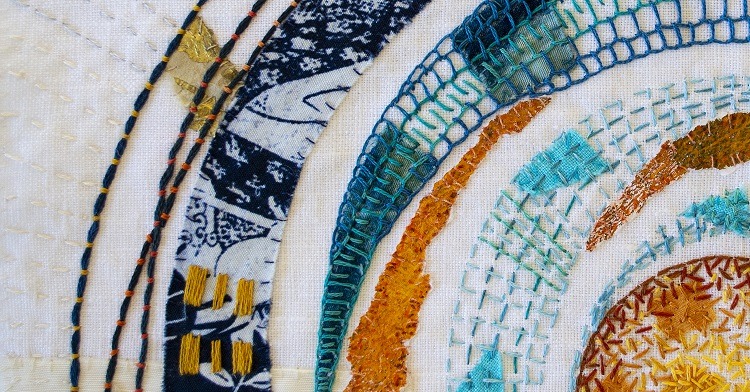
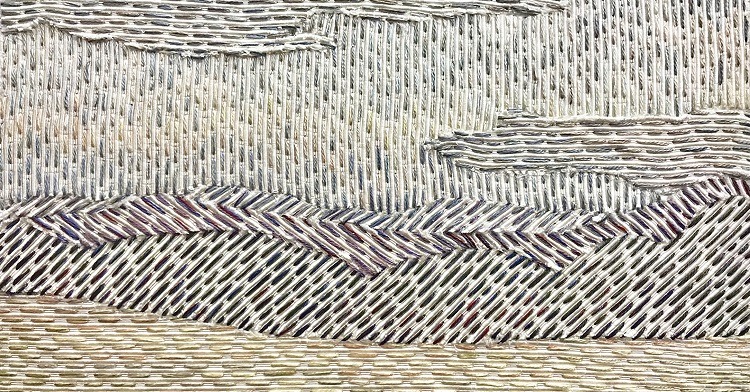
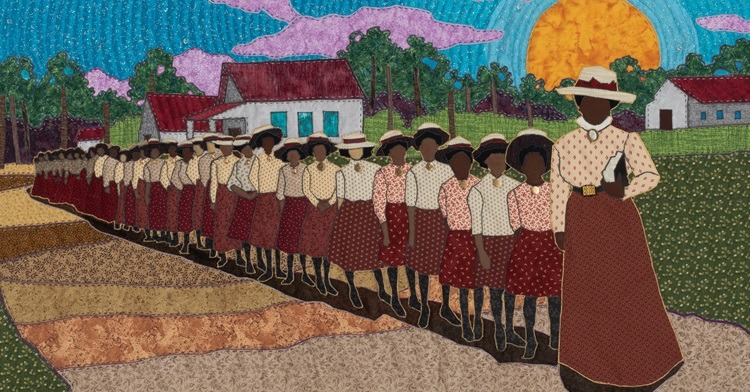
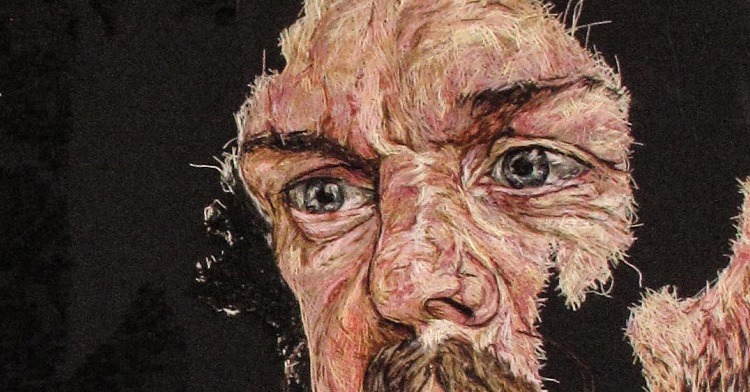
4 comments
Alireza Ghaderi
So beautiful and creative works.
Regina de Morais
a liberating work!
G J Jamieson
I saw his work at the V&A Jameel Prize exhibition and thought it both memorable and intriguing. Many thanks for the information and links!
Sue Stone
Amazing work. Very inspiring. Great to see something I have never seen before.